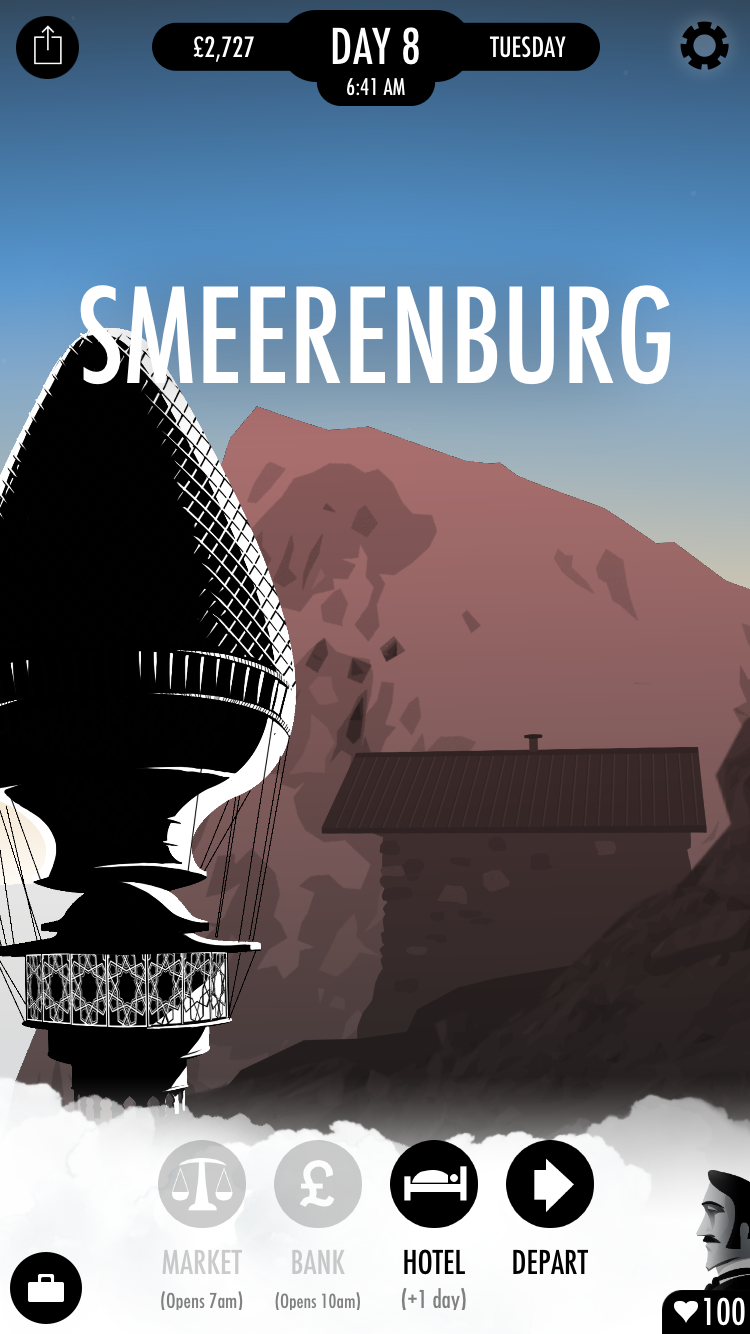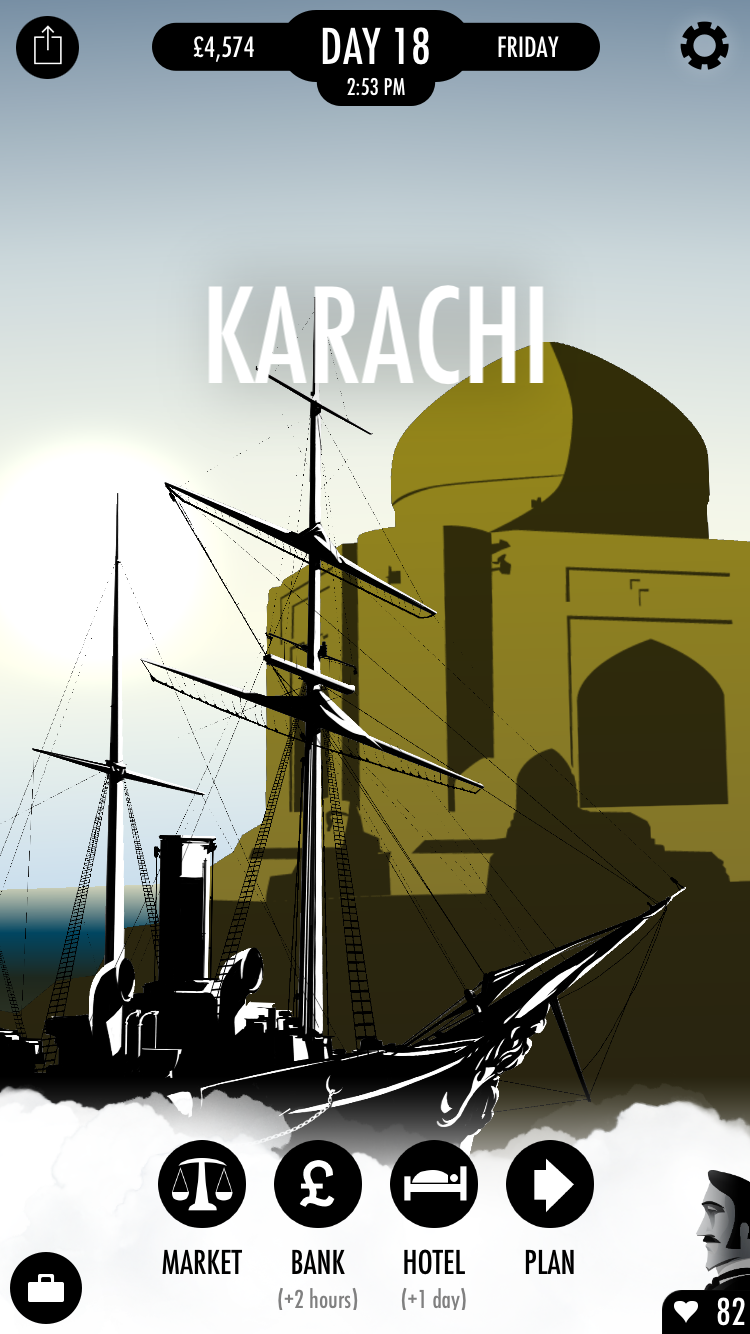
Departures are less frequent and the entire round-the-world overland journey may need to be structured to accommodate which sea crossings are available on which days many only run seasonally or infrequently. While one Cunard passenger liner still plies the seas, most passenger ship travel is by cruise ships designed as entertainment rather than as the backbone of an efficient transport system. Travellers retracing the original 1870s voyage proposal in the modern era will find that much has changed overland travel times have been slashed by more than half as diesel and electrified rail has replaced twenty mile-per-hour steam trains, while the number of ocean-going passenger vessels has greatly diminished as air travel has taken much of the trans-Atlantic and trans-Pacific passenger volume. One may see much which would be missed if flying over countries instead of visiting them. While trans-oceanic and trans-continental overland journeys have diminished with the growth of air travel, travel round the world overland remains possible. Countless others have followed in their footsteps the starting point and exact list of cities visited varies between travellers.
#80 days wiki tv#
Michael Palin, famous from Monty Python, completed the journey in 1988 for a BBC TV series, and an accompanying book. Elizabeth Jane Cochrane ("Nellie Bly" of the Joseph Pulitzer tabloid New York World) completed an 1889 round the world overland trip in seventy-two days Elizabeth Bisland (of Cosmopolitan magazine) completed a simultaneous, rival trip in the opposite direction in 76½ days. Since the novel was published, people have been trying to recreate the main characters' adventurous journey. While balloons were well known in 1872, and Jules Verne described them in other books, the original novel lets Fogg dismiss balloons as useless for travel. Some of the adaptations have set up Fogg and Passepartout travelling a leg of the journey in a hot air balloon. At a time when round-the-world travel was becoming far more accessible due to commercial flights, it sparked massive interest in travel and tourism. It was a star-studded cast featuring cameos by Frank Sinatra, Marlene Dietrich and others. The 1956 film version starring David Niven and Cantinflas won 5 Academy Awards, including Best Picture. The story was so popular with the public that it has spawned many film and TV adaptations.
#80 days wiki for free#
The book is available for free from Project Gutenberg with a free companion audio book. The complete text of the novel is on Wikisource in the original French and in an English translation.

#80 days wiki serial#
Such places include Egypt, Yemen, India, Singapore, Hong Kong and Ireland, with Shanghai also home to a British concession at that time.Īround the World in Eighty Days was first published as a serial from October to December 1872, causing some readers to believe that the journey took place in real life.


In a certain sense, the story was also a showcase of the vastness of the British Empire at that time, as the majority of places visited by Fogg were British colonies. The journey, as described in the story, was technically possible with the new technology of its era. Advances such as the ceremonial last spike in a first transcontinental railroad in the United States of America (May 10, 1869), construction of the Suez Canal in Egypt (1869) and linking of Indian railways across the sub-continent (1870) were ushering in an era where-at least for a wealthy few-passengers on common carriers would be able to readily purchase around-the-world journeys which formerly were multi-year adventures attempted on sailing ships by a hardy, pioneering minority. Widespread deployment of steam power on land and sea was slashing travel times on an unprecedented scale in the mid to late 1800s an intercity journey by stagecoach that used to take a week was often completed same-day by rail.

Unlike much of Verne's work, Around the World in Eighty Days is not a work of science fiction. The itinerary can, with some difficulty and deviations, be re-created today. The story describes Phileas Fogg of London and his French valet Jean Passepartout circumnavigating the world in 80 days in an effort to win a £20,000 wager-a small fortune in that era. Around the World in Eighty Days (French: Le tour du monde en quatre-vingt jours) is a novel by Jules Verne, described contemporaneously as taking place in the last quarter of 1872, as the historical British Empire on which "the sun never sets" was nearing its peak.


 0 kommentar(er)
0 kommentar(er)
